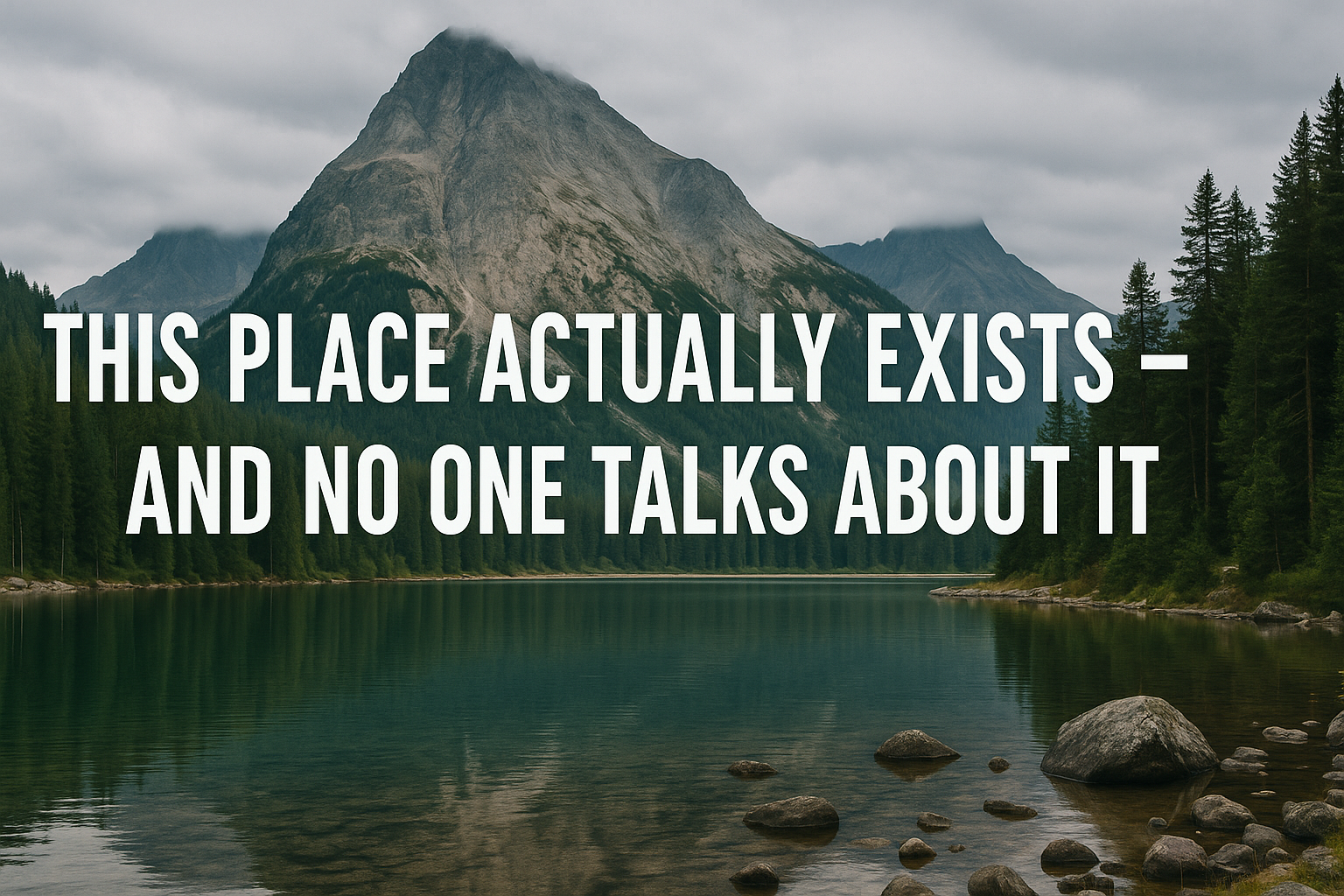Living in a society in which all the tourist spots appear to have been photographed to death, there are still places that are pure enough and self-secretive in their natural beauty that hardly anyone even knows they exist. Such a pearl is buried deep in the mountainous area of the Central Asia. Song-Kul Lake is an unexplored high-altitude paradise in the heart of Kyrgyzstan with huge potential, yet, at the same time, escape on Song-Kul Lake is far-fetched.
Geographical location – Where Is Song-Kul Lake?
The Song-Kul Lake (or Song-Kol or Song Kul) is situated at the Naryn Province of Kyrgyzstan. The lake is placed at the elevation of more than 3,000 meters (9,800 feet) above sea level and is enclosed in the rolling grasslands and fringed by snow-capped mountains. The wilderness is enormous, silent, and surreal that is, a nature-made masterpiece with no major cracks. And whereas its better-known cousins, such as Lake Baikal or Swiss Alps, do feature in all the best travel brochures and luxurious guides, Song-Kul does not. Therein lies its speciality.
Why It Is No One Talks?
The reason is that it is remote. To reach to Song-Kul is not an easy task. It has no direct flights, no trains and it has no comfortable highways leading to it. The last stage involves an off road trek along steep mountainous roads and wavy gravel takes. This secluded nature implies that a lake can be visited only by the most ambitious travelers.
More so, Kyrgyzstan remains a country that is still quite undeveloped. In contrast to the surrounding tourism giants, such as China or Russia, Kyrgyzstan does not attract as many discoverer tourists, including those not belonging to the backpacking and adventure tourism circles. Consequently, some of the most beautiful places in the world such as Song-Kul are described by a mystery.
The Nomadic Life Style
The most magical thing about Song-Kul could probably be the fact that life here keeps on going the way it has been going on during centuries. In the summer Kyrgyz nomadic families graze their livestock in the pastures near the lake, moving to the pastures. You will meet the traditional yurts at the grasslands (felt tent), the shepherds riding a horse and children just running free in nature.
These are nomadic people who depend on their land. They ferment mare milk (kumis), make the traditional type of cheese as well as livestock raises (primarily yaks, sheep and horses). Living like this will be possible to do since staying in a yurt with a local family will give an opportunity to experience the ancient way of life in a way it is not distracted by modern technologies.
An Authentic Digital Detox
At Song-Kul there is no Wi-Fi connection, no cell phone coverage, and definitely no outside distractions. This place provides an escape to the city life or any kind of tecno-show to the travelers who are weary of them. The passing of time is slowed. Days are passed hiking, riding horses or just lying in the grass and watching the way the sky is getting changed in colors.
Living in the world where everything is connected, Song-Kul helps to come to the world where everything stands still and gives an opportunity to meet oneself.
Wild life and Natural Scenery
There is also rich wildlife in Song-Kul. You will see golden eagles circling on the skies, racous wild marmots running along the fields or teams of wild horses running along the horizon. The lake is remarkable crystal clear and the surrounding mountain and skies show in it like in a mirror. During the night there is no light pollution and thus the Milky Way will be like a firework going off above-you.
The landscape changes with a change in the weather. There are golden fields and turquoise waters on the sunny days. The landscape looks abstract when the clouds roll in and turns into a dark moody painting. At sunset, the lake turns orange purple and this gives you some feeling that you have entered a different world.
The Best Time to Visit
The song-Kul accessibility is quite seasonal. The lake can be only reached during the late June to early September because of its elevation. During the other months the region is usually snowed and inaccessible. However, in the summer, weather conditions are moderate, and the meadows are covered by flowers.
Visitors also take multi day horse treks to the lake, starting off in neighboring towns such as Kochkor. Such walks are usually guided by the local people and they offer more than transportation: they are also a great cultural experience.
Magic of Being Unknown
One of the reasons why Song-Kul is so magical is that this place remains rather unknown to the world up until today. It never has been commercialized. There are no souvenir shops, chain hotels and crowds. One of the last destinations where the travelers can experience themselves as real explorers, who are finding something almost sacred in all its privacy.
And that, because it is so little written of, your stories which you bring home, after your visit to Song-Kul will be quite your own. It is not a site that you go to and just snap a selfie. It is something that remains in you, much after leaving.
Cultural Significance
To the Kyrgyz people Song-Kul has very cultural and spiritual significance. The lake is an old summer pasture (jailoo) and numerous local legends and songs are conceived about its beauty and meaning. This makes you a part of this living culture by arriving in a respectful manner as a visitor in a land where there still exists the old customs.
Most travelers are shocked about the kindness of the nomadic families. Even though they live very simple lives, they embrace their guests offering them tea, bread and emotional conversation. The thing is, it reminds us that sometimes our wealthiest experiences aren t often based on financial resources, but on being human.
Why You Should Go – Before Everyone Does
The world is undergoing a very fast change. Song-Kul or some other places can not remain secret always. When tourism in Central Asia increases, it is only a time-question before the untouched meadows and the silent yurt camps start to be populated with tour buses and photographing. Go now, when the air yet is clear, when the silence is still holy, when the stars are still bright in all the glory.
Searching a non-tourist destination, the journey to which touches your soul and restores the feeling of wonder, you should go to the Song-Kul Lake. It is real not to mention that practically nobody discusses it. However, they perhaps ought to.
Conclusion
Song-Kul is outside the context of an era when the most exotic places are put into a mere hashtag and filters. It is a physical location, dirty and very quiet, so distant of the pollution of the city life. Being a nature admirer, a culture hunter, or just the person who is in need of a location where he or she could gasp, the given discreet lake in Kyrgyzstan is worth visiting. The world moves in a fast-paced train but Song-Kul stays put as it waits to be discovered by those few who are willing to discover it.




